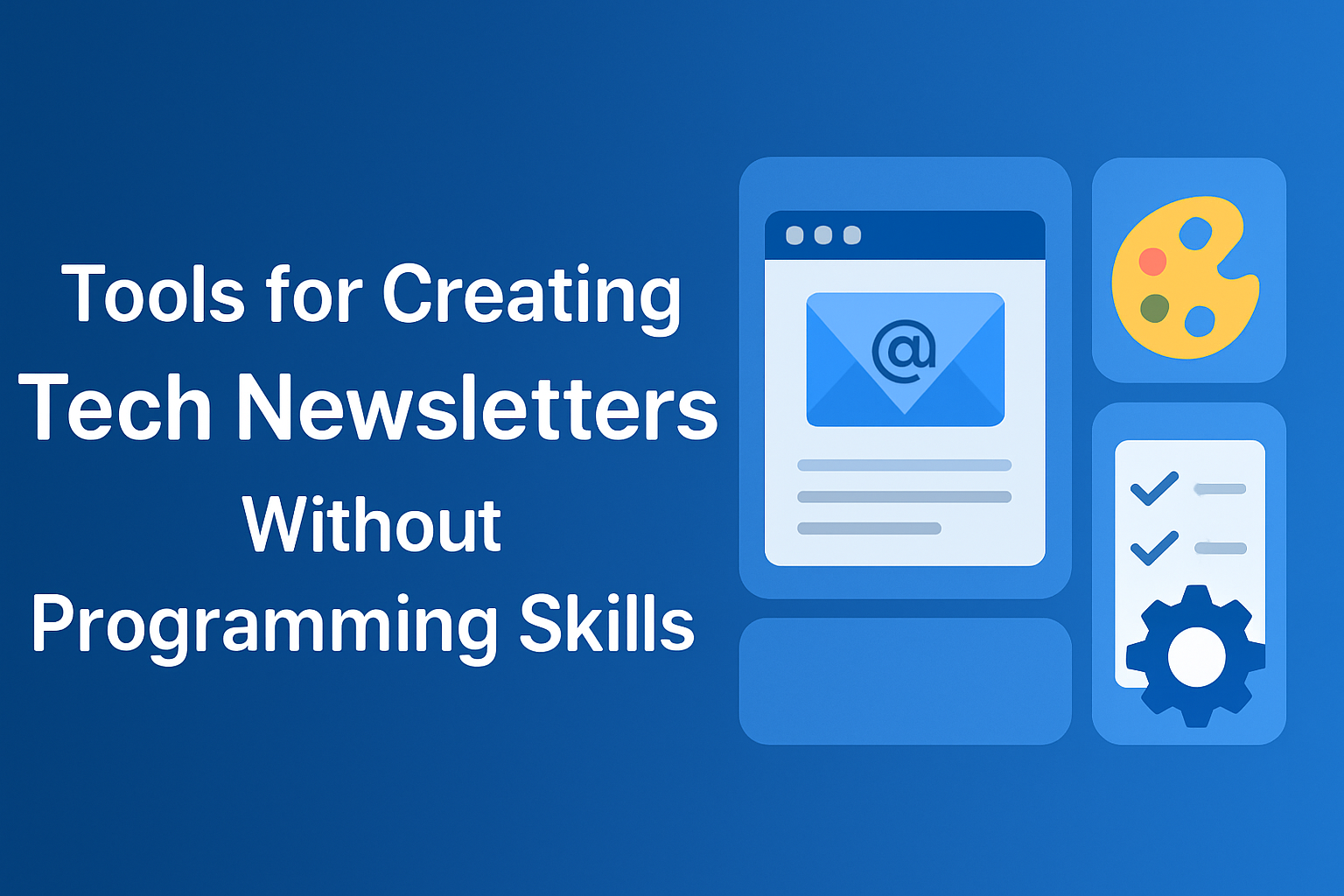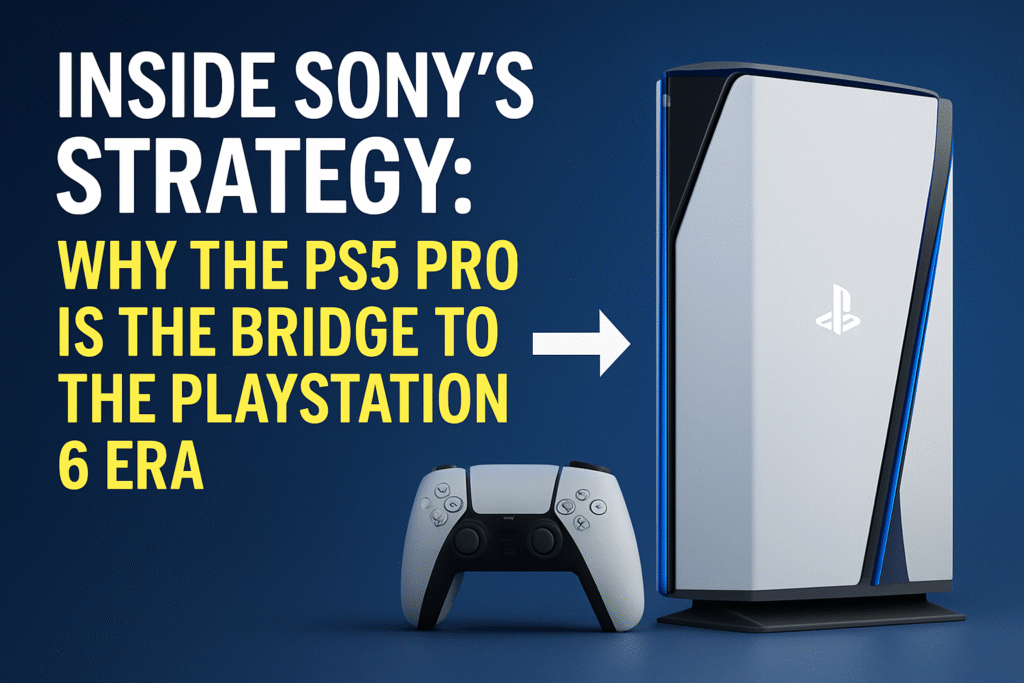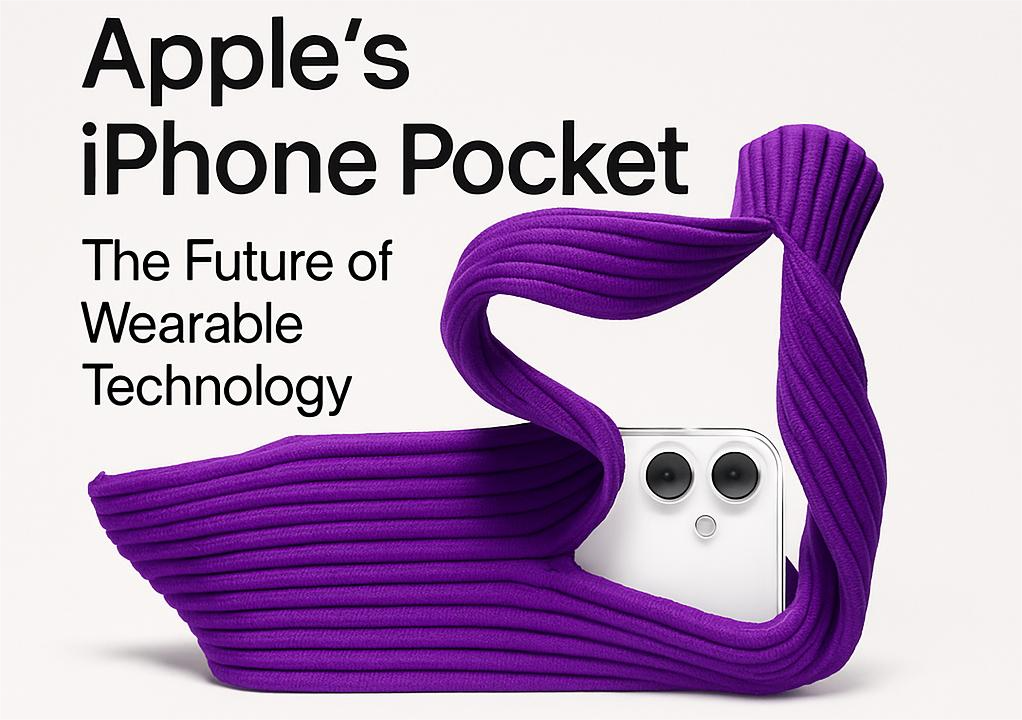
Creating a professional-looking tech newsletter no longer requires complex coding skills or hiring a designer. With the rise of no-code platforms, you can now build, design, and distribute your tech content through email newsletters in just a few clicks. Whether you’re a solo creator, a tech blogger, a SaaS founder, or a marketer, these tools empower you to connect with your audience effectively and grow your subscriber base.
In this article, we’ll explore the best tools for creating tech newsletters without programming knowledge, how to choose the right one for your goals, and tips to stand out in a crowded inbox.
Why Tech Newsletters Still Matter in 2025
In a world driven by social media and algorithm changes, newsletters offer a stable and direct communication channel with your audience. For tech blogs and businesses, newsletters can:
- Drive consistent traffic to your website
- Promote products, tools, or blog posts
- Establish thought leadership
- Generate ad or affiliate revenue
- Foster a loyal community
But to succeed, you need tools that simplify the process and give you the flexibility to focus on content—not code.
Top No-Code Tools for Creating Tech Newsletters
1. Substack
Best for: Tech bloggers, solo creators, and thought leaders
Substack is one of the most popular platforms for launching newsletters without writing a single line of code. It offers a clean interface, free hosting, subscription management, and even monetization options.
Key Features:
- Simple WYSIWYG (what-you-see-is-what-you-get) editor
- Free to start, with paid subscriptions available
- Custom domains available
- Community and comment features
Why it’s great for tech newsletters: Substack makes it easy to serialize tech insights, updates, or tutorials directly to an engaged audience.
2. Beehiiv
Best for: Growing a tech audience with analytics and advanced features
Beehiiv is a newer player created by former Morning Brew team members. It combines user-friendly design tools with powerful growth features.
Key Features:
- Drag-and-drop newsletter editor
- Custom referral system
- Built-in analytics and segmentation
- Native ad network
No-code benefits: Its intuitive dashboard requires no programming skills, and you can build custom segments easily to target specific reader groups.
3. ConvertKit
Best for: Content creators and tech marketers
ConvertKit is known for its automation and tagging capabilities, ideal for more strategic email campaigns. It also has an intuitive visual builder and plenty of pre-built templates.
Key Features:
- Visual email funnel automation
- Landing pages and sign-up forms
- Creator network for cross-promotion
- Seamless integrations (WordPress, Zapier, etc.)
No-code benefits: Automations can be built via a simple flowchart, making it easy for beginners to set up drip sequences or onboarding campaigns.
4. MailerLite
Best for: Budget-conscious users who want pro features
MailerLite strikes a great balance between ease of use and advanced functionality, especially for those just starting out.
Key Features:
- Drag-and-drop email builder
- Free plan for up to 1,000 subscribers
- Automated workflows
- A/B testing and analytics
No-code benefits: You can build landing pages and newsletters with zero technical skills using the block editor.
5. Ghost + Newsletter Feature
Best for: Tech bloggers managing a blog + newsletter
Ghost is an open-source blogging platform with an integrated email newsletter function. It’s ideal for tech blogs that want to manage both blog and email content in one place.
Key Features:
- Built-in newsletter engine
- Subscription and membership management
- Markdown + rich editor
- SEO and AMP support
No-code benefits: Hosted Ghost plans handle the technical backend, allowing creators to focus solely on publishing.
6. Buttondown
Best for: Minimalist tech newsletters and developers
While Buttondown is built by a developer, it offers a surprisingly user-friendly interface for non-technical users. It’s ideal for plain-text or lightweight newsletters.
Key Features:
- Markdown support
- API (optional for advanced users)
- RSS-to-email automation
- Clean interface
No-code benefits: Buttondown’s simplicity removes the overwhelm for beginners, and its documentation makes setup a breeze.
How to Choose the Right No-Code Newsletter Tool
When selecting a newsletter platform, ask yourself the following:
- Who is your audience? Are they tech professionals, beginners, hobbyists?
- What type of content will you send? Long-form articles, product updates, tutorials?
- Do you plan to monetize? Some platforms (like Substack and Beehiiv) offer native monetization tools.
- How tech-savvy are you? Choose platforms with minimal learning curves if you’re new to email marketing.
Tips to Grow Your Tech Newsletter Without Coding
- Create a lead magnet – Offer a free PDF, eBook, or checklist in exchange for email sign-ups.
- Embed sign-up forms on your blog – Use no-code plugins or integrations (e.g., ConvertKit + WordPress).
- Leverage social media – Promote your newsletter on Reddit, X (Twitter), and LinkedIn tech groups.
- Use SEO strategies – Optimize blog posts for search engines to attract organic traffic that can convert into subscribers.
- Segment your audience – Send tailored content based on reader behavior and interests.
Examples of Successful Tech Newsletters (No Code)
- TLDR Newsletter: A daily roundup of tech news created using ConvertKit and Ghost.
- Dense Discovery: A weekly curated list of tools and links, often built with MailerLite.
- ByteByteGo: Popular among software engineers, this newsletter is hosted on Substack with zero custom code.
Conclusion
You don’t need to be a developer or designer to create a powerful, engaging tech newsletter. Thanks to no-code platforms like Substack, Beehiiv, and ConvertKit, the only requirement is your tech knowledge and the willingness to connect with an audience.
Choose the right tool based on your goals, start small, and focus on delivering consistent value to your readers. Over time, your newsletter can become a cornerstone of your tech brand, a monetization channel, or even a full-time business.





